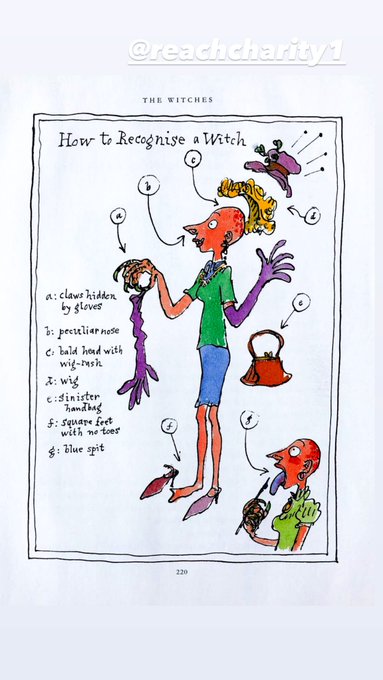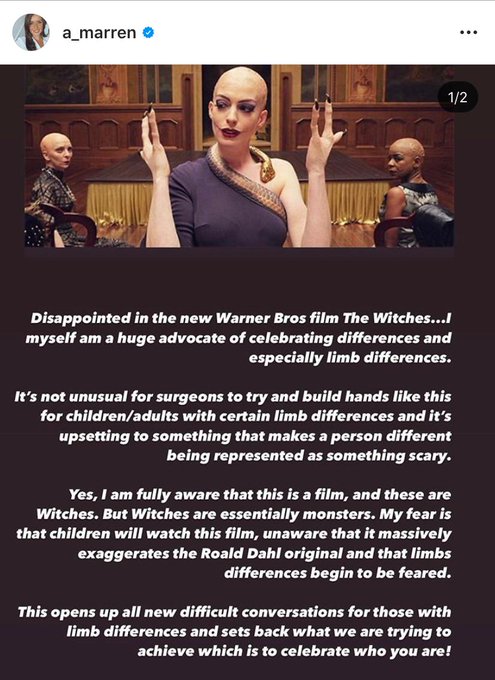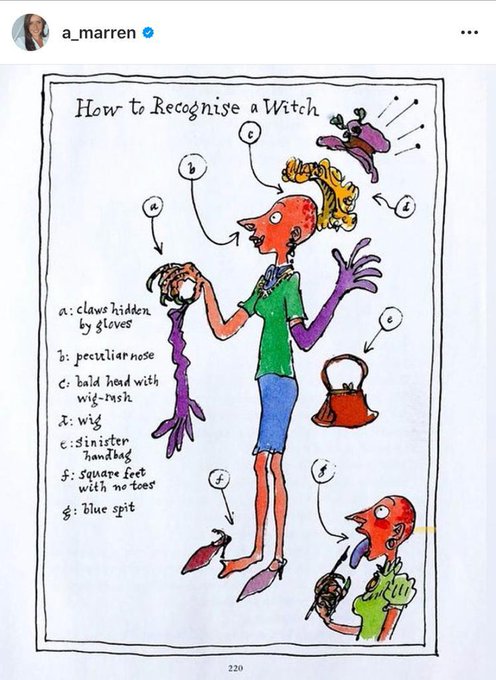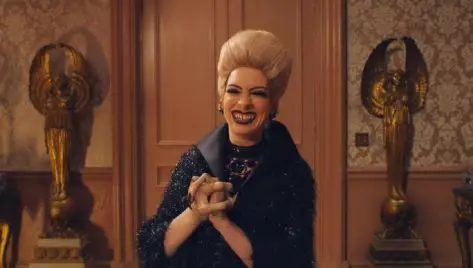
Warner Bros. has issued an apology after prominent campaigners for the disability community, as well as the Paralympic Games organisation, condemned the depiction of people with missing limbs in The Witches.
In the latest adaptation of the classic Roald Dahl book, Anne Hathaway plays the Grand High Witch who is shown with what appears to be a limb abnormality known as ectrodactyly, which is sometimes referred to as a "split hand" or "cleft hand". This is identified by the absence of one or more central digits on the hand or foot. In the new film, the Grand High Witch appears to have two fingers and a thumb on each hand.
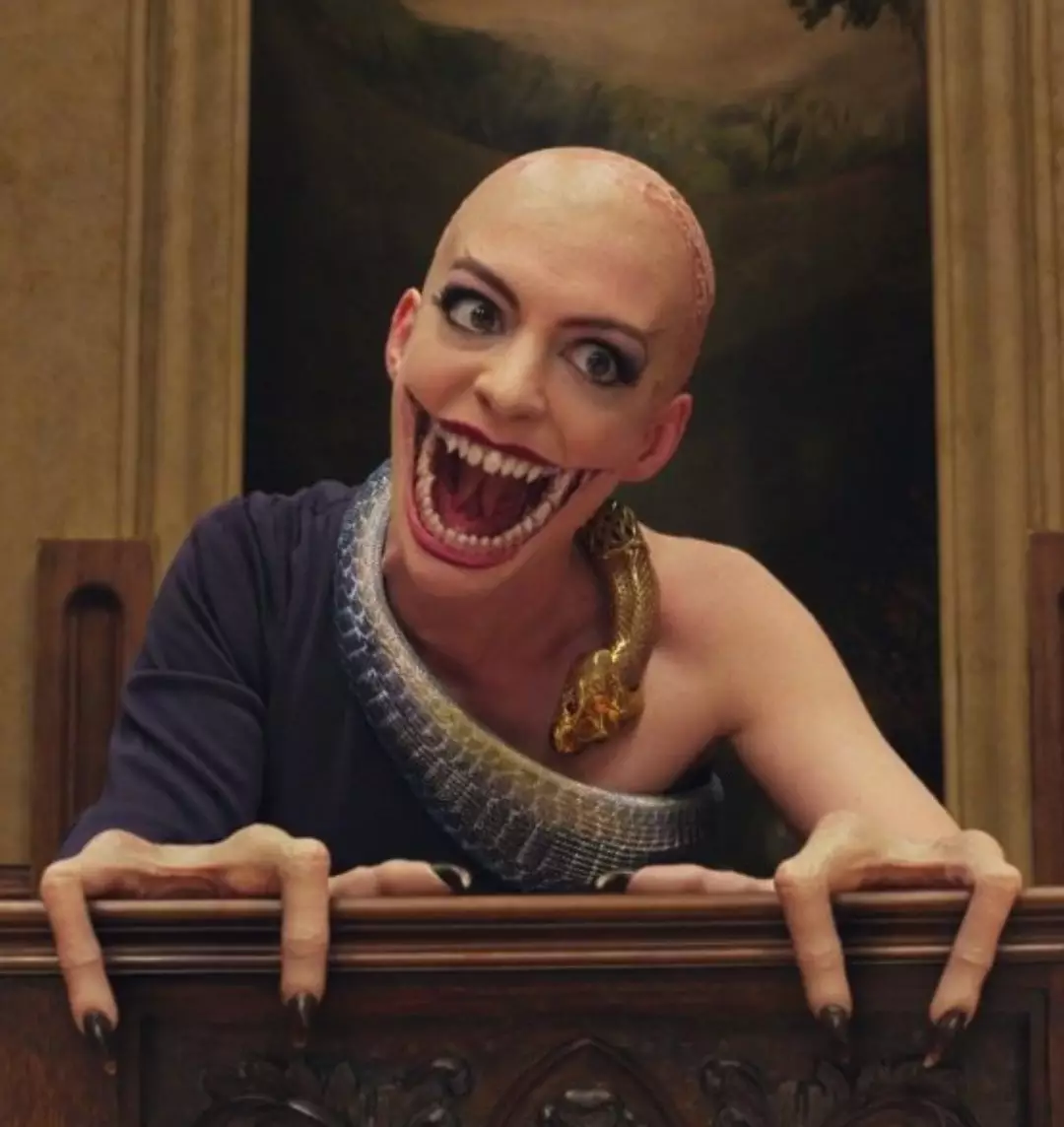
The detail is not featured in Roald Dahl's novel, nor is it featured in the 1990 film adaption. It was added by the filmmakers who "worked with designers and artists to come up with a new interpretation of the cat-like claws", which are mentioned in the source material.
Advert
Amy Marren, the British Paralympic swimmer, was one of the first major figures to call out the film's depiction of disability. In a statement posted on her Twitter feed, she said she was "disappointed" in the film.
"I myself am a huge advocate of celebrating differences and especially limb differences," she said.
"Yes, I am fully aware that this is a film, and these are witches. But witches are essentially monsters. My fear is that children will watch this film, unaware this it massively exaggerates the Roald Dahl original and that limbs differences begin to be feared."
The Paralympic Games's official Twitter account wrote: "Limb difference is not scary. Differences should be celebrated and disability has to be normalised."
Disability advocate Shannon Crossland shared a picture of her own limb difference and posed the question: "When you see my hands, what do you think? Do they remind you of a monstrous being? Apparently Warner Bros. thinks so.
Advert
"Thanks to The Witches, a 2020 film adaptation of Roald Dahl book The Witches, my hands are now associated with a witch. Used to frighten children and spark fear. Used to demonise a fictional character and make her appearance more grotesque," she added.
"Is this the kind of message we want the next generation to receive. That having three fingers is a witch's attribute? It is an extremely damaging portrayal. Disability should NOT be associated with evil, abnormality, disgust, fear or monsters."
A spokesperson for Warner Bros. has since responded to the criticism, saying the film studio was "deeply saddened to learn that our depiction of the fictional characters in The Witches could upset people with disabilities," and that it "regretted any offence caused," as reported by Deadline.
Advert
The spokesperson also said that Dahl's book describes the witches has having claws instead of finger nails, however Quentin Blake's illustrations on the cover show them with human-esque hands, with four fingers and a thumb.
Featured Image Credit: Warner Bros.Topics: TV and Film, Life, TV Entertainment

